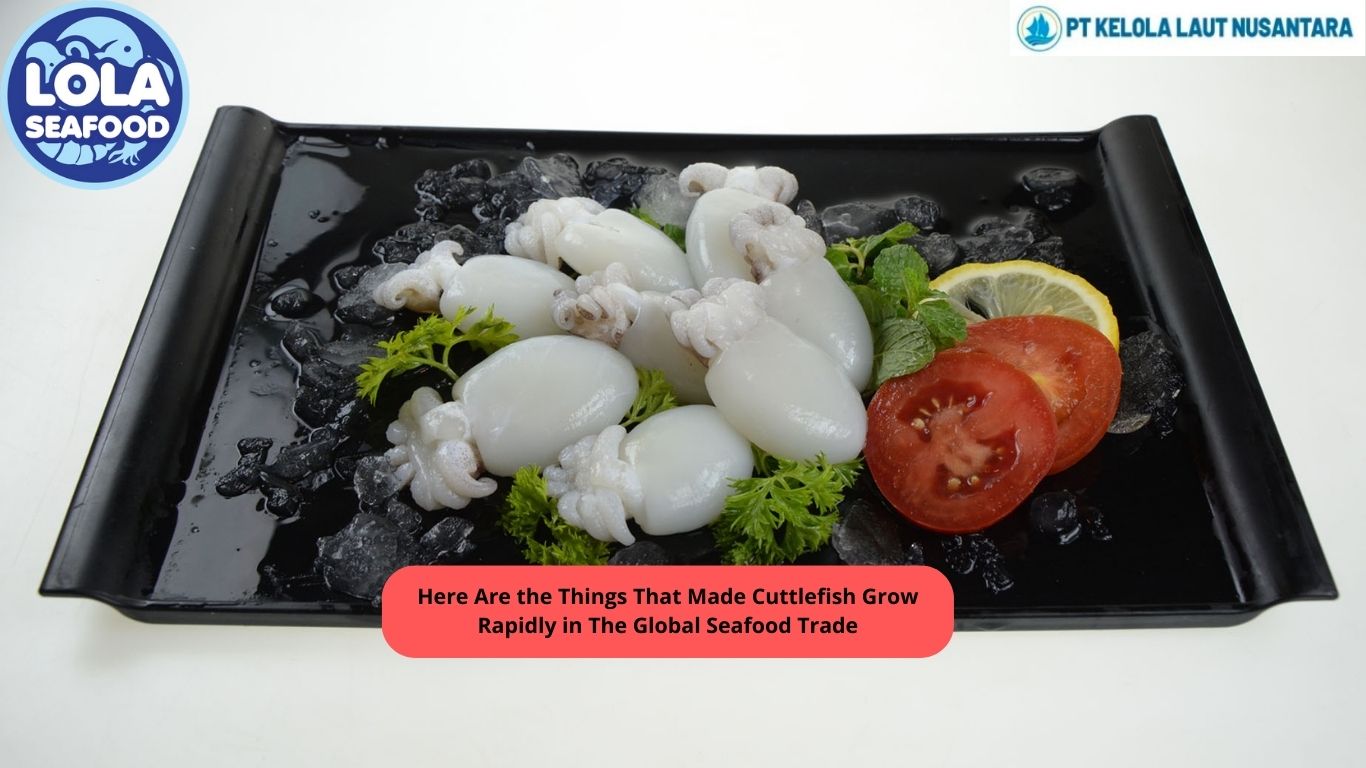Consumer Perceptions of Frozen Fish vs. Fresh Fish
By. Najih - 19 Aug 2024
Consumer perceptions of frozen fish versus fresh fish play a crucial role in shaping the seafood industry. These perceptions influence purchasing decisions, market trends, and industry practices. Understanding these perceptions can help businesses and stakeholders better address consumer needs and preferences.
1. Quality and Freshness
Fresh Fish: Many consumers perceive fresh fish as superior in quality compared to frozen fish. Fresh fish is often associated with better taste, texture, and nutritional value. The sensory appeal—such as the smell, color, and firmness—can significantly influence consumer preferences. Freshness is a critical factor in the culinary world, and many chefs and home cooks believe that fresh fish delivers a more robust flavor and better overall eating experience.
Frozen Fish: Despite advancements in freezing technology, some consumers still view frozen fish as inferior. Concerns about the texture and taste of thawed fish persist, with some believing that freezing can alter the fish’s natural qualities. However, modern freezing methods, such as flash freezing, aim to preserve the fish’s quality as much as possible, reducing the gap between frozen and fresh fish.
2. Convenience and Storage
Fresh Fish: Fresh fish requires prompt consumption and proper storage to prevent spoilage. This can be inconvenient for consumers with busy lifestyles or those who do not have access to reliable refrigeration. The limited shelf life of fresh fish can also lead to higher rates of waste if it is not consumed in time.
Frozen Fish: Frozen fish offers significant advantages in terms of convenience and storage. It can be stored for extended periods without losing quality, providing flexibility for meal planning. Consumers appreciate the ability to keep a variety of frozen fish on hand, reducing the frequency of trips to the store and minimizing food waste.
3. Pricing and Affordability
Fresh Fish: Generally, fresh fish is perceived as more expensive than frozen fish. The cost of fresh fish can be influenced by factors such as seasonal availability, transportation, and handling. In regions where fresh fish is readily available, it may still be considered a premium product.
Frozen Fish: Frozen fish is often viewed as a more affordable option. The lower cost can be attributed to factors such as bulk purchasing, longer shelf life, and reduced spoilage rates. For consumers looking for budget-friendly seafood options, frozen fish provides a cost-effective alternative without sacrificing variety.
4. Nutritional Value
Fresh Fish: Many consumers believe that fresh fish is nutritionally superior to frozen fish. This perception is based on the idea that freezing might lead to nutrient loss or degradation. Fresh fish is often seen as a better source of essential nutrients such as omega-3 fatty acids, vitamins, and minerals.
Frozen Fish: While some nutrient loss can occur during the freezing process, modern freezing techniques are designed to minimize this impact. Studies have shown that frozen fish can retain a high level of nutritional value, often comparable to fresh fish. Educating consumers about the nutritional benefits of frozen fish can help address concerns and shift perceptions.
5. Environmental and Ethical Considerations
Fresh Fish: The environmental impact of sourcing fresh fish can vary widely depending on the fishing methods and sustainability practices involved. Overfishing and unsustainable practices are concerns for some consumers, leading them to prefer seafood from responsible sources.
Frozen Fish: The environmental footprint of frozen fish includes considerations such as energy use in freezing and transportation. However, some frozen fish brands emphasize sustainable sourcing and responsible fishing practices, which can positively influence consumer perceptions.
.jpg)
 (1).png)


.jpg)
.jpg)
.jpg)

 (3).png)